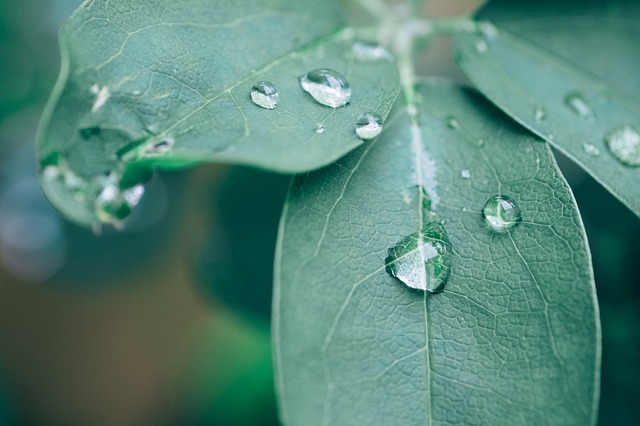Through the years, we’ve gotten lots of great gardening questions. In our new blog series Your Questions Answered, we’ll tackle one subject matter at a time and help you gardeners out there learn everything there is to know. This week, we’ll jump right in with a hot topic in these arid times: dry farming!
What exactly is dry farming?
 While you wouldn’t be wrong to assume that dry farming is basically just the practice of growing food crops without irrigation, there’s a lot more that goes into any successful operation. The most important elements are soil moisture, along with cultivation and timing. As with any sustainable farming practice, taking the time to understand and monitor soil moisture is key to growing great crops and building your soil. But in dry farming, it’s all the more important. The key is to both cultivate the soil and do your planting when the soil moisture is ideal (and this is a bit different in all soil types).
While you wouldn’t be wrong to assume that dry farming is basically just the practice of growing food crops without irrigation, there’s a lot more that goes into any successful operation. The most important elements are soil moisture, along with cultivation and timing. As with any sustainable farming practice, taking the time to understand and monitor soil moisture is key to growing great crops and building your soil. But in dry farming, it’s all the more important. The key is to both cultivate the soil and do your planting when the soil moisture is ideal (and this is a bit different in all soil types).
Can it still be called dry farming if a little water is used?
 There’s actually a big difference between dry farming, and farming with minimal water. In proper dry farming, you prepare the soil to be a fine tilth, which will help the plants retain water at the root zone. Infrequent irrigation during the growing process, whether mechanical or by rainfall, can actually cause cracking and crusting of the soil surface. This acts to dry out the soil further.
There’s actually a big difference between dry farming, and farming with minimal water. In proper dry farming, you prepare the soil to be a fine tilth, which will help the plants retain water at the root zone. Infrequent irrigation during the growing process, whether mechanical or by rainfall, can actually cause cracking and crusting of the soil surface. This acts to dry out the soil further.
What are some crops that do especially well?
Classic crops that come to many people’s minds are wine grapes and beans. But there’s actually a much longer list of crops that can be fairly easily dry farmed under the right conditions. Potatoes, tomatoes, garlic, and winter squash are great candidates.
What do I need to know to try it at home?
 As we’ve mentioned time and time again, get to know your soil moisture! In general, soils with more clay content will do better with dry farming than sandy soils. Another key element of dry farming is spacing between plants. In the past I’ve encouraged home gardeners to really pack your plants in close together. But for dry farming, you actually want to allow more space so that your plants aren’t competing for precious water in the soil.
As we’ve mentioned time and time again, get to know your soil moisture! In general, soils with more clay content will do better with dry farming than sandy soils. Another key element of dry farming is spacing between plants. In the past I’ve encouraged home gardeners to really pack your plants in close together. But for dry farming, you actually want to allow more space so that your plants aren’t competing for precious water in the soil.
Have any of you out there tried dry farming at home? Let us know your tips and tricks!


 Family
Family

